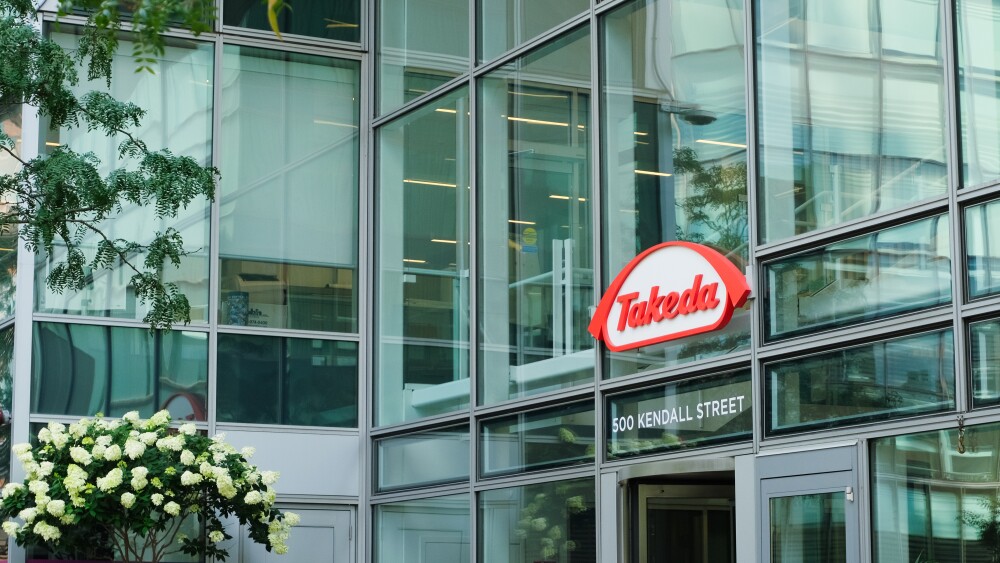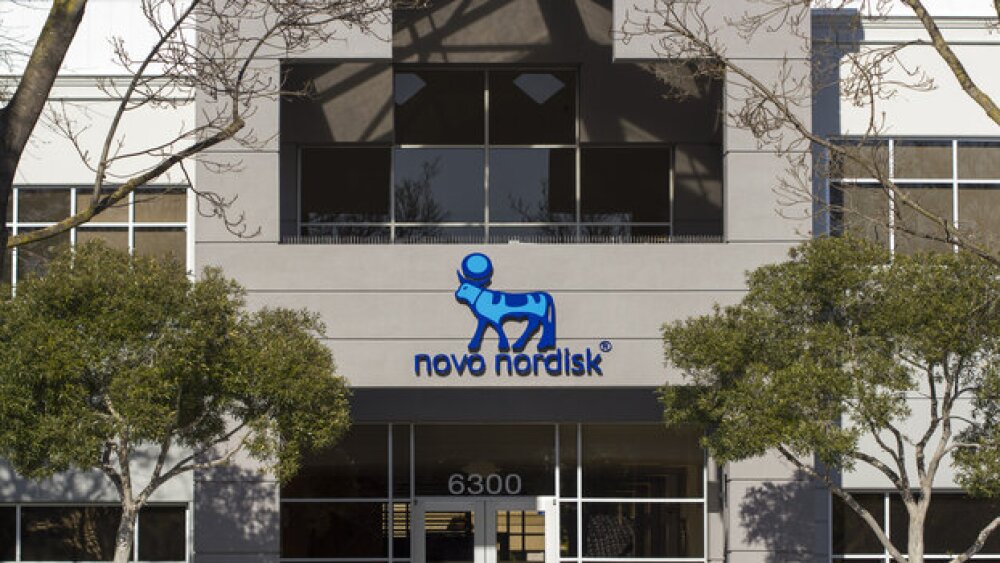Investors are not happy after Austin, Texas-based Pain Therapeutics announced that it was no closer to seeing its drug candidate Remoxy ER, an abuse-deterrent, extended-release gel formulation of oxycodone, approved by the U.S. Food and Drug Administration.
Investors are not happy after Austin, Texas-based Pain Therapeutics announced that it was no closer to seeing its drug candidate Remoxy ER, an abuse-deterrent, extended-release gel formulation of oxycodone, approved by the U.S. Food and Drug Administration (FDA).
The FDA issued a Complete Response Letter in August for the company’s opioid-treatment, Remoxy. The CRL was issued after an advisory committee voted overwhelmingly against approval of Remoxy in June of 2018. In November, Pain Therapeutics announced it planned to meet with the FDA to go over its concerns with the CRL.
As a result of the meeting the company had with regulators on Jan. 31, the company said it is “no closer today to product approval than we were over a year ago.” The company requested the meeting in order to resolve a disagreement around comments and conclusions made by FDA in 2018 during a regulatory review of the New Drug Application for Remoxy. During the meeting, Pain Therapeutics said it learned that the FDA denies that any mathematical errors, material mistakes or misrepresentations were made during a June 2018 advisory committee meeting, despite what the company said was “clear evidence to the contrary.” Pain Therapeutics added that it was told it would need to rely on the Freedom of Information Act to access additional data generated by FDA with Remoxy.
Remi Barbier, president and chief executive officer of Pain Therapeutics, said Remoxy is “an odyssey without a homecoming.” He criticized the FDA’s handling of the meeting. Barbier said the company hoped for a “fair, neutral and impartial review” of the data for Remoxy. However, Barbier claimed he and other company executives “walked out of this meeting feeling a bit disoriented by FDA’s lack of transparency, clarity or helpfulness.” He noted that it was rare when two parties cannot agree on math.
“We can’t work with shambolic regulations. This is not how you win support for innovation,” Barbier said in a statement.
As result, share prices have fallen 10 percent during Tuesday’s trading to $1.08 as of 2:05 p.m.
Barbier noted that the company has spent more than $100 million to develop Remoxy. Over the course of the development, there have been some stumbles. Not only with the most recent FDA rejection, but also a previous rejection from the FDA in 2008. After a series of deals surrounding Remoxy, the drug was resubmitted to the FDA in 2010 and was again rejected. The second time, pharma giant Pfizer was attached to the drug through a licensing deal. Pfizer said it intended to address the issues outlined in the CRL, but then opted to abandon it and give the rights back to Pain Therapeutics, BioSpace reported earlier. Two years ago the FDA kicked Remoxy back to Pain Therapeutics over concerns of potential abuse. That led to the latest request for regulatory approval, which was again rejected by the FDA.
Barbier said this morning that the analgesic efficacy of the drug is not in question, but there is a difference of opinion around the drug’s abuse-deterrent properties. Barbier said the clinical data supports the company’s view of abuse-deterrence, while the FDA argued against the point.
“We are unable to follow the logic by which a drug product should never release the drug. More generally, as the regulatory requirements for Remoxy have changed frequently and suddenly over time, we have experienced significant delays and have incurred unanticipated expenses related to the overall Remoxy development program,” Barbier said.
As the company moves forward, Barbier said Pain Therapeutics will “generally be silent” regarding its plans for Remoxy, “unless a significant material event occurs that compels us to update our public disclosures around this product candidate.” In December, the company moved forward with a Phase II program that could be a potential first-line treatment in patients with Alzheimer’s disease. The mid-stage asset, PTI-125, targets an altered form of Filamin A, which some studies show is responsible for multiple pathologies observed in the Alzheimer’s brain.





